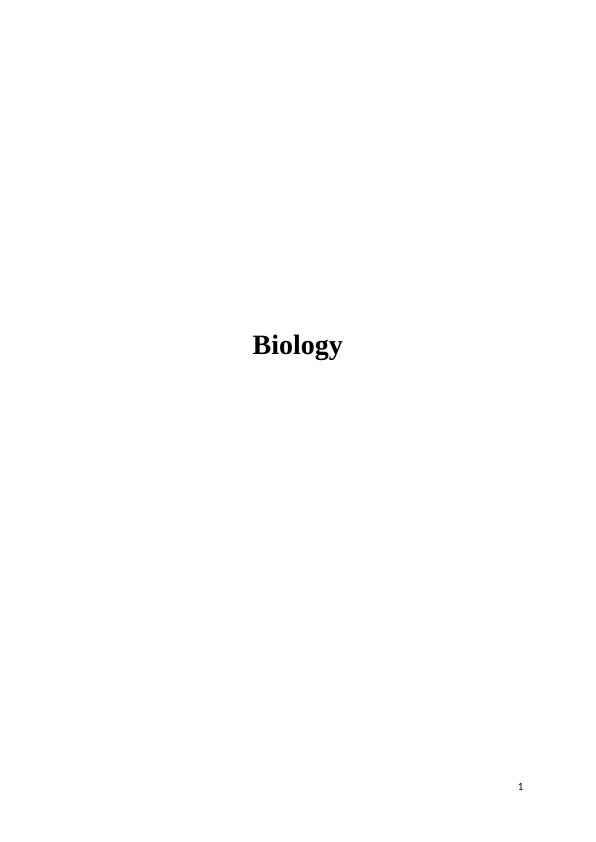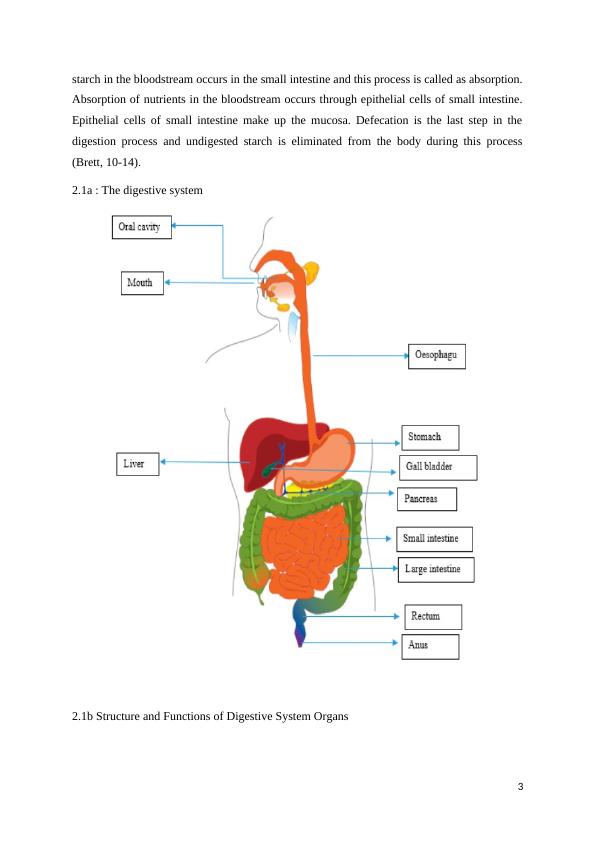Six Processes of Digestion and Structure of Digestive System Organs
An assignment on the processes and components of the digestive system, including explanations, diagrams, and comparisons of different types of exercise.
10 Pages2840 Words169 Views
Added on 2023-05-30
About This Document
This article discusses the six processes of digestion, the structure and functions of digestive system organs, and the stages involved in aerobic and anaerobic respiration. It also covers gastrectomy and the effects of zero gravity on digestion.
Six Processes of Digestion and Structure of Digestive System Organs
An assignment on the processes and components of the digestive system, including explanations, diagrams, and comparisons of different types of exercise.
Added on 2023-05-30
ShareRelated Documents
End of preview
Want to access all the pages? Upload your documents or become a member.
Structures and Functions of the Digestive System: A Comprehensive Overview
|10
|841
|93
Structure and Processing of the Digestive System
|6
|1195
|243
Digestive System: Overview, Structure, Function, and Constipation
|1
|1963
|326
Understand Human Digestive System
|4
|560
|474
Structure and Functions of the Digestive System
|5
|1149
|152
Nutrition and Digestion - Digestive System
|10
|2100
|10



